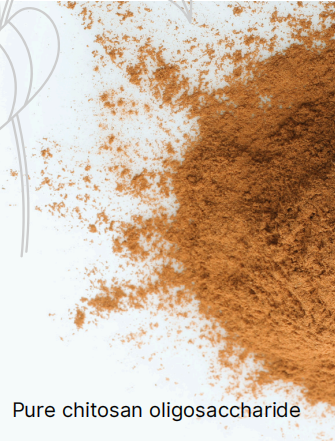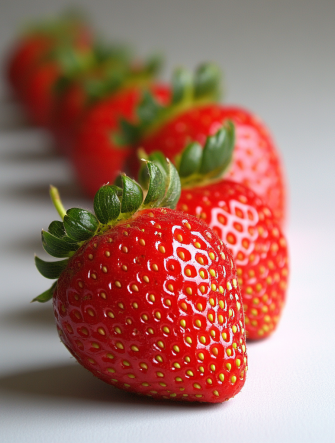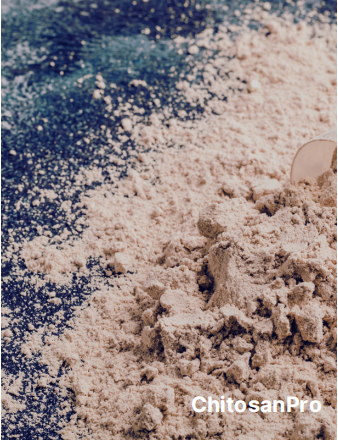Recent studies have highlighted the important role of chitosan oligosaccharides in inhibiting viral infection in plants through various mechanisms. These compounds not only directly affect viral replication and transmission, but also enhance the plant’s immune response, thereby improving overall disease resistance. The multifaceted nature of these mechanisms makes chitosan oligosaccharides effective plant protectants with a wide range of applications.
Mechanism of action
Inhibit viral replication:
Chitosan oligosaccharides bind to viral surface proteins, disrupting the ability of the virus to attach to and invade host cells. This interference inhibits viral replication and modulates signaling pathways within host cells, enhancing their antiviral state. By inhibiting viral gene expression and protein synthesis, chitosan oligosaccharides can reduce viral load in cells and minimize cell damage, allowing plants to maintain normal physiological functions.
 |
 |
 |
Reduction of Viral Spread
These oligosaccharides enhance the structural integrity of plant cell walls and strengthen intercellular junctions, thereby limiting the movement of viruses within the plant. In addition, chitosan oligosaccharides induce specific plant defense responses that further inhibit viral movement. By reducing long-distance transport of viruses, chitosan can effectively control the spread of infection to new leaves and developing tissues, thereby reducing the scope and severity of viral outbreaks and supporting healthy plant growth.
Enhance reactive oxygen species (ROS) and defense proteins:
The use of chitosan oligosaccharides leads to a rapid increase in reactive oxygen species (ROS) levels within plant cells. This surge activates the plant’s immune response and promotes the expression of defense-related genes. ROS are signaling molecules in plant defense mechanisms that can directly inhibit viral growth. In addition, the increased expression of defense proteins, such as antimicrobial peptides and phenolic compounds, enhances the plant’s ability to resist viral infection. Chitosan oligosaccharides can also stimulate the production of other secondary metabolites, further enhancing the plant’s disease resistance.
In conclusion
By integrating chitosan oligosaccharides into agricultural practices, farmers can enhance crop health and productivity while minimizing reliance on synthetic pesticides, contributing to more sustainable farming systems.
For more information, please feel free to contact us:Info@g-teck.net
Post time: Feb-14-2025




